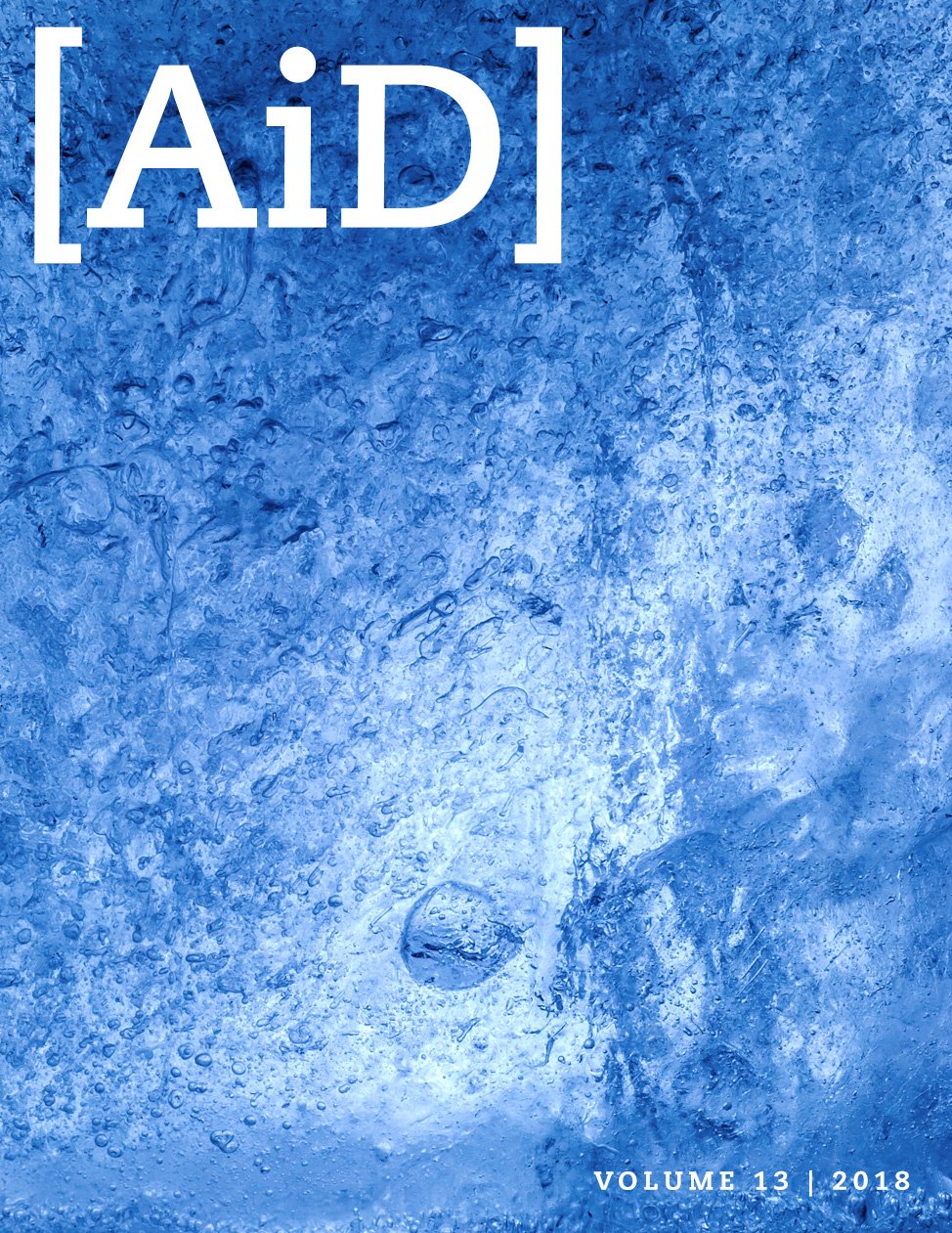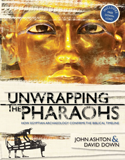
Evidence for Hamitic Migration into Egypt? Correlating Results from Recent DNA Testing of Egyptian Mummies and Genesis 10:6
Abstract
Recently completed DNA tests on 90 Egyptian mummies from a broad chronological span (14th century BC to AD fifth century) reveal strong Semitic features. These findings led to claims that these mummies offer evidence for the Genesis 9–10 account, which records the dispersion of Noah’s sons. However, if we understand that Noah and his family propagated all of humanity, this new data adds little to our knowledge of the Hamitic migration. However, the test results do support biblical accounts of Semitic groups sojourning in Egypt.
The Book of Genesis (10:1–32) preserves very ancient genealogical lists that biblical historians label “The Table of Nations.” Contained in these 32 verses are the family trees of Noah and his three sons. Their lines of descendants eventually formed the various ethnic groups populating the eastern Mediterranean basin, Northern Africa, the Aegean world, Anatolia, Mesopotamia, the Levant, and beyond. In his essay introducing the peoples of the Old Testament, Assyriologist D. J. Wiseman (1973: xvii) made the important point that this “‘Table’ omits reference to race or physical type yet aims to show the unity of mankind, being primarily concerned with physical relationships.” In other words, the Genesis account demonstrates that all of post-Flood humanity propagated solely from Noah and his family.
At-a-Glance
- Egyptian mummies with Semitic DNA neither proves nor discredits the Hamite migration.
- All of post-Flood humanity propagated from Noah and his family.
- The so-called “curse of Ham” actually refers to his son Canaan and foretells Canaan’s later judgment and conquest because of their sin.
- The new DNA evidence supports the biblical account of Semites sojourning and trading in Egypt.
A supposed correlation between new archaeological discoveries and Genesis 10:6, specifically concerning Mizraim (Egypt), a son of Ham, comes from human remains unearthed at Abusir-el Meleq near Cairo in Egypt. Scientists tested DNA samples from 90 mummies ranging in date from ca. 1388 BC to AD 426 (Schuenemann, et al 2017).1
These tests revealed that ancient Egyptians shared more ancestry with Semitic groups to the north than do modern Egyptians. Some claim this study may prove the account of the dispersion of Noah’s sons in Genesis. In fact, the report neither proves nor discredits Genesis 9–10. However, the findings do support biblical reports of people and groups from Canaan or Israel traveling to and sojourning in Egypt.
A grossly distorted and racist view propagated for centuries was the so-called “Curse of Ham” (Genesis 9:25–27), which sadly some people have used to try to justify the enslavement of countless Africans simply by equating Africans with descendants of Ham even though the biblical text clearly states that the curse fell solely upon Ham’s son Canaan, not upon Ham’s other sons. While most western societies were taking steps to prohibit slavery early in the 19th century, a new Hamitic hypothesis arose in some scientific circles, as anthropologist E. R. Sanders (1969) and Doctor of Early Church and Ancient History E. M. Yamauchi (2004: 29–30) explain. This equally racist conjecture suggested that Hamites were Caucasians or Europeans and immigrated south to establish the great African civilizations, including Egypt, solely on the basis that Mizraim (Egypt), Put (Libya), and Cush (Sudan and Ethiopia) descended from Ham (Genesis 10:6).
Some anthropologists, such as C. G. Seligman, promoted this view, arguing that only “uncursed” Caucasians possessed the capability to create the hallmarks of high civilization. Consequently, Seligman and others advocating this flawed position attributed monumental structures and ruins in various African locales, as well as the founding of the Egyptian civilization, to light-skinned Hamite immigrants rather than darker skinned Semitic and African peoples. A more recent theory, argued by D. Rohl (1998: 265-402), proposes that a seaborne migration of Mesopotamian people actually established the early Egyptian dynasties. Despite some very innovative explanations on Rohl’s part, this theory has not been widely accepted.
The recent engagement of Great Britain’s Prince Harry to American actress Meghan Markle has sparked considerable interest in Markle’s family background. In interviews, Markle describes herself as “bi-racial” with a Dutch, English, and Irish father and an African-American mother, a descendant of slaves from Georgia. Those viewing recent photos and videos of Markle without prior knowledge of her background would not necessarily make this “racial” connection, since she arguably does not exhibit strong, characteristically African features.
However, assuming that this soon-to-be-married royal couple start a family, certain genetic features from Markle’s mother and her family, while largely dormant in Markle herself, will likely reappear in one or more of their children. The case of Meghan Markle is by no means unique. Rather, it is but one of countless examples illustrating the often-dramatic transformation and variation in progeny, the product of parents with differing skin shades and/or other distinguishing ethnic features. The biblical account of Ishmael, the son of a Hebrew father and Egyptian mother (Genesis 16:3, 11) as well as Moses marrying darker-skinned Zipporah (Numbers 12) immediately come to mind.
The rising popularity in consumer products that supposedly recover your personal family and ethnic history also speak into this discussion, often by demonstrating that most all of us have a wider blend of ethnic or “racial” characteristics and backgrounds than we realized.
All humans share an essentially identical genetic makeup.
In actuality, the term “race” itself is not a physical construct. “Race” is rather a social construct. All humans share an essentially identical genetic makeup, despite variances in skin shade (due to variations in melanin levels) or other recognizable features.
Moreover, accepting the Table of Nations as historical, Noah’s family possessed all of the human genetic variations we recognize today. Important at this point is recognizing that Ham’s sons included Heth, the ancestor of the Hittites of Anatolia and Cush, a progenitor of the peoples of Ethiopia and adjacent regions (e.g., 2 Kings 19:9; Jeremiah 13:23) and/or the various Arab-mixed tribes as well as some Mesopotamian peoples through Nimrod (e.g., Genesis 10:8–12; Habakkuk 3:3–15). Mizraim’s descendants included the Philistines and other people from the greater Aegean region (Genesis 10:13–18).
In sum, the DNA material retrieved from these remains, while extremely interesting, most likely represents early traders, soldiers or immigrants originating from Canaan, Anatolia, and regions to the north. This revelation is hardly surprising because the agriculturally rich Nile delta attracted large numbers of foreign peoples throughout history, including those attested in the Bible (e.g., Genesis 12:10, 42:1–2; 43:1–2; Matthew 2:13–15). Other groups originating in Canaan lived throughout lower (northern) Egypt and established trading colonies.
The famous Hyksos were one such group that actually controlled lower Egypt from their capital at Avaris (Tell el-Dab‘a) in the eastern Nile Delta for a century during either the later Patriarchal period using conventional Egyptian chronology (ca. 1650–1550 BC) or the post-Exodus period in a revised Egyptian chronology (ca.1490–1340 BC). Non-Egyptian burials, architecture, and Canaanite style pottery from the site of Tell el-Yahudiya farther to the south also attest to the presence of so-called “Asiatics” (the Egyptian term used for Canaanites and other West Semitic peoples) in Egypt. Therefore, these mummies only confirm influxes of people into Egypt from the Levant and farther north early in its history. The Nile delta region of Egypt was probably a rich mixture of Egyptians and various immigrant groups at least as early as the time of Abraham (e.g., Bietak 1987; Wengrow 2006: 135–50; Bard 2008: 195–99).
References
Bard, K. A. An Introduction to the Archaeology of Ancient Egypt. Oxford: Blackwell, 2008.
Bietak, M. “Canaanites in the Eastern Nile Delta.” In Egypt, Israel, Sinai: Archaeological and Historical Relationships in the Biblical Period, ed. A. F. Rainey. Tel Aviv: Tel Aviv University, 1987.
Sanders, E. R. “The Hamitic Hypothesis; It Origin and Functions in Time Perspective.” Journal of African History 10 (1969): 521–32.
Rohl, D. Legend: The Genesis of Civilization. Vol. 2. of A Test of Time. London: Century, 1998.
Schuenemann, V. J., et al. Ancient Egyptian Mummy Genomes Suggest an Increase of Sub-Saharan African Ancestry in Post-Roman Periods. Nature Communications 8 (2017): doi:10.1038/ncomms15694.
Wengrow, D. The Archaeology of Early Egypt: Social Transformations in North-East Africa, 10,000 to 2650 BC. Cambridge: Cambridge University, 2006.
Wiseman, D. J. “Introduction: Peoples and Nations.” In Peoples of Old Testament Times, edited by D. J. Wiseman. Oxford: Clarendon, 1973.
Yamauchi, E. M. Africa and the Bible. Grand Rapids: Baker Academic, 2004.
Footnotes
- Dating systems are plagued with unverifiable assumptions, so take these dates with precaution.
Recommended Resources

Answers in Genesis is an apologetics ministry, dedicated to helping Christians defend their faith and proclaim the good news of Jesus Christ.
- Customer Service 800.778.3390
- © 2024 Answers in Genesis





